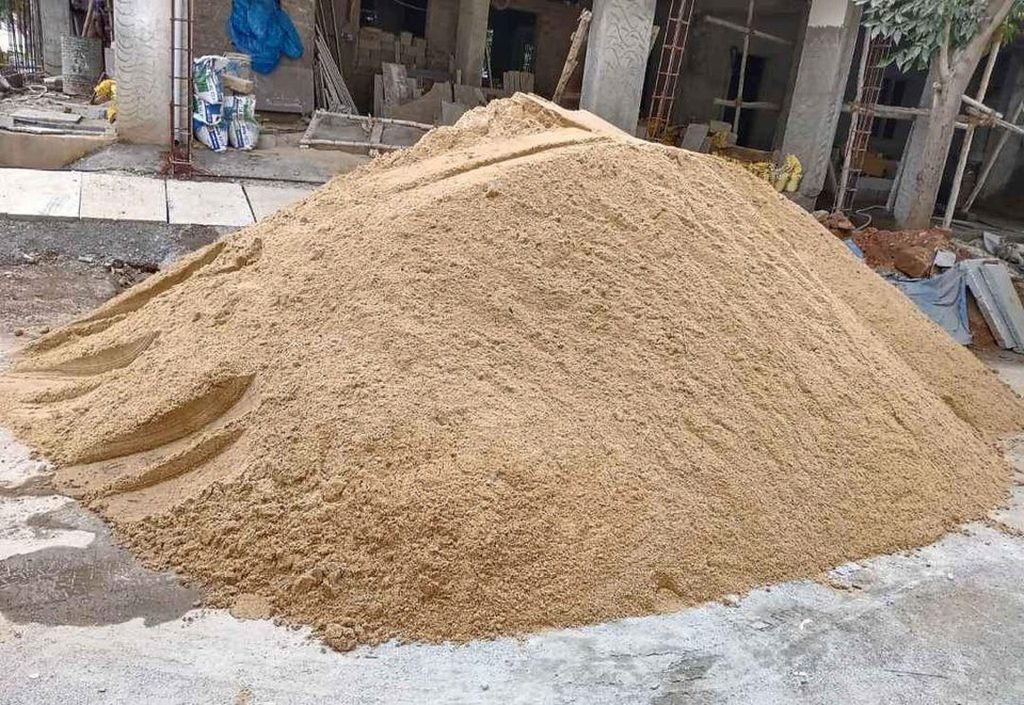The building material that will be used for waterproofing building construction must be simple to work with and long-lasting. They need to be chemical resistant and can accommodate building movement.
Polyurethane waterproofing membranes can be used in a variety of ways and work in both below and above grade applications. The membranes can be easily put in place and can be fixed down or self-adhered.
Bituminous Membranes
Bituminous membranes are self-adhesive or adhesive sheets, or they can be bonded to concrete by using a compatible roofing mastic. The membranes typically contain a layer of felt to increase strength and span for the roof deck. This layer can also help reduce the stress placed on membranes due to the lateral forces. It is vital to prepare the surface of these membranes before installing them, because any flaws could affect the effectiveness of waterproofing systems.
The bitumen polymer offers outstanding Tensile strength, vapor permeability and toughness. They are utilized in conjunction in conjunction with insulation and protection boards to create a composite material that is more effective over the individual materials.
When installing these types of membranes it’s essential to be sure that all the ends of laps have been correctly sealed and heat-welded as well as to eliminate air gaps. This type of membrane should be installed on substrates with low levels of moisture to avoid blistering. If blistering does happen this is because of a water gradient between the membrane’s surface membrane and concrete.

Liquid Waterproofing Membrane
Membranes for waterproofing protect structures from over-grade bulk water infiltration and below-grade infiltration caused by hydrostatic pressure. It safeguards your building from expensive damages, boosts its value for resales and enhances the overall safety and comfort of the people who live there.
The membranes for waterproofing in liquid form can be placed in liquid form and then dried to form protection against elements. They’re available in a variety of types, such as bituminous cementitious, and polyurethane systems.
They’re flexible and tolerant of surface movements or cracks. They also provide excellent weathering resistance, UV radiation and abrasion. They are a good alternative for damp rooms as well as showers, which can be tough to waterproof using sheet membranes requiring overlapping accessories.
Cementitious Waterproofing Solutions
These types of waterproofing coatings typically applied using a brush either trowel or spray. They offer a layer of protection on concrete structures. These coatings are resistant to pressures both negative and positive of water and can keep mold and mildew from damaging the structure. They can be utilized in both ground and underground installations, as well as those that utilize potable water.
When fully dried the type of waterproofing is made from a polymer-cement mixture cat san lap. These waterproofing materials are able to be applied to walls, roofs, and the walls of retaining. They will withstand the ravages of aging, weathering and exposure to UV light.
One of the main advantages of this type of waterproofing is that it is quick to put on and cheap. Also, it’s extremely strong and resistant to abrasions and chemicals. This type of material is suitable for residential and commercial use. The material is simple to restore if damaged and is perfect for areas with water, such as bathrooms.
Polyurethane Waterproofing
Liquid polyurethane membranes provide many advantages, particularly in situations where seamless systems are needed in order to improve aesthetics or for structural reasons. The membranes are simple to put on and can be employed using a roller, or a trowel. The products also have the highest tensile, as well as crack-bridging capacity.
They’re also very flexible that means they are able to adapt to structural changes and temperature fluctuations, without cracking or breaking. Additionally, they help to remain longer. They are also resistant to chemical abrasions and.
On wooden and ceramic flooring Polyurethane coatings provide waterproofing. These coatings can be used to stop dust accumulation in the room, keep brightness intact, and offer a lovely aesthetic look. They can be used to cover containers for storage of potable water because they are corrosion resistant and safe to utilize. The coatings are able as a waterproofing layer for walls. They’re offered in a range of thicknesses and colours to suit different types of projects.